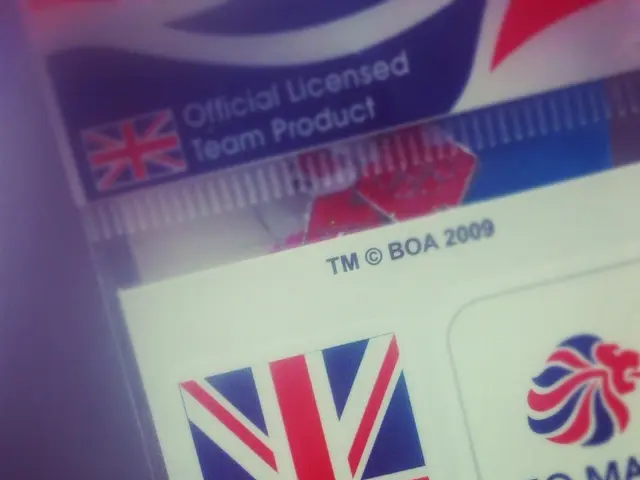Post-cardiac Ablation Life Span and Healing Process
Cardiac Ablation Offers Promising Results for Heart Arrhythmias
Cardiac ablation, a procedure used to treat symptoms of heart arrhythmias, has shown promising long-term results for many patients. The success of this treatment depends on various factors, such as the type of arrhythmia, a person's overall health, and their response to treatment.
After undergoing cardiac ablation, individuals are required to keep the incision site clean and dry and may need to take medications. In many cases, cardiac ablation can cure heart arrhythmias, with a long-term success rate between 50% and 70%, including those who undergo multiple ablation procedures.
However, it is essential to note that the effectiveness of cardiac ablation varies depending on the specific condition and type of ablation. For instance, atrial fibrillation (AFib) has a long-term success rate of 56% to 78% after a single procedure, with improved success if AF terminates acutely during the ablation.
The long-term success of cardiac ablation for AFib is influenced by factors such as older age, persistent or long-standing AF, female sex, and longer AF duration. These factors increase the risk of recurrence of the condition at some point.
In terms of prognosis, catheter ablation has been shown to improve cardiovascular outcomes, including reduced mortality and hospitalization rates, especially in patients with heart failure and reduced ejection fraction, compared to drug therapy.
Despite its benefits, cardiac ablation does carry potential complications. These include risks common to invasive cardiac procedures, such as bleeding, cardiac tamponade, stroke, pulmonary vein stenosis, and phrenic nerve injury. However, meta-analyses show no statistically significant increase in major complications compared to drug therapy at one year post-procedure.
It is crucial for individuals to report any pain, swelling, or other symptoms during their hospital stay after cardiac ablation. After hospital discharge, they should refrain from driving, strenuous physical activity, lifting anything over 10 pounds, swimming, bathing, or submerging the incision site until advised by their doctor.
In the event of a recurrence of the arrhythmia, a doctor may choose to repeat the ablation procedure depending on a person's situation and overall health. A regular exercise routine may be recommended after the initial recovery period, which may include cardiac rehabilitation offering exercise counseling, information about heart-healthy lifestyles, and stress reduction.
For those considering cardiac ablation, it is advisable to discuss the benefits and risks of the procedure with their doctor to understand the likelihood of certain complications in their case. The procedure involves inserting a thin wire called a catheter into the heart, and during the procedure, radiofrequency or cryoablation energy is used to disrupt electrical signals that cause an irregular heartbeat.
A 2019 study found that early death affected 0.46% of people who received cardiac ablation for AFib, which is roughly equivalent to 1 in 200. This early mortality was defined as death during hospitalization or within 30 days of the procedure.
In conclusion, cardiac ablation offers a promising long-term treatment for AFib with a favorable benefit-risk profile, particularly if patients are carefully selected and the procedure achieves acute AF termination.
Read also:
- Eight strategies for promoting restful slumber in individuals with hypertrophic cardiomyopathy
- Exploring the Strength of Minimally Digestible Diets: A Roadmap to Gastrointestinal Healing
- Secondhand Smoke: Understanding its Nature, Impact on Health, and Additional Facts
- Overseeing and addressing seizure-induced high blood pressure complications in pregnancy, known as eclampsia







